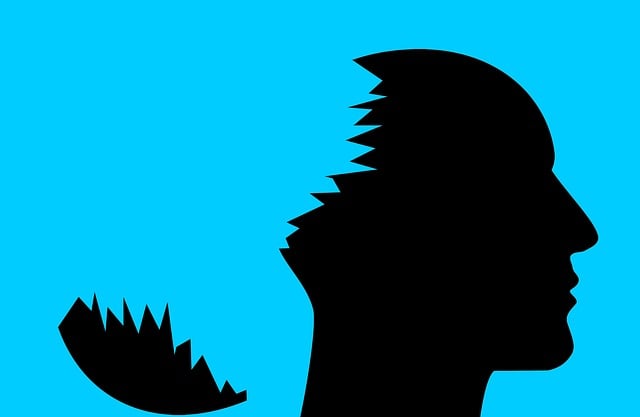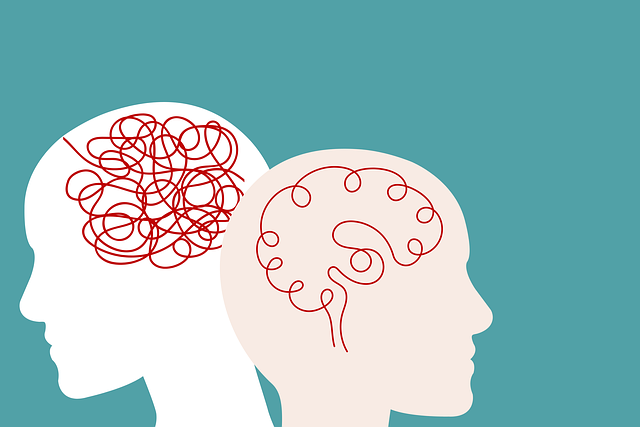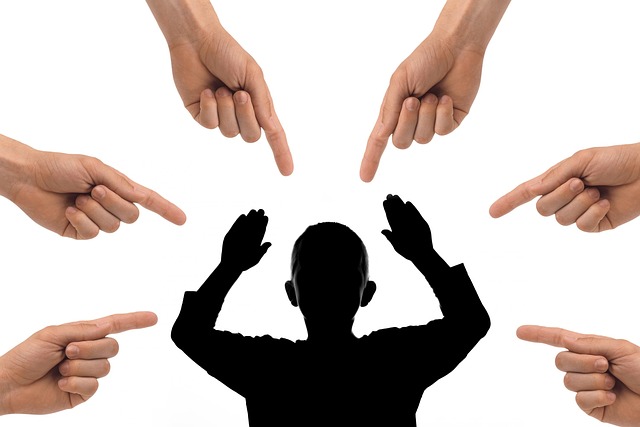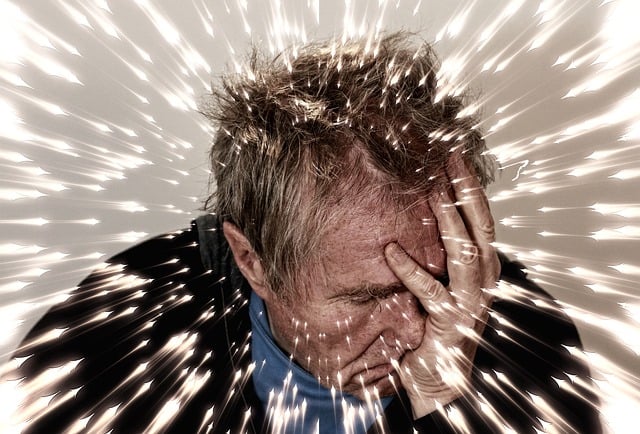The media's portrayal of mental health in China often falls short, perpetuating stereotypes and hindering access to support for adolescent teens. Accurate representations are scarce, with TV and movies often depicting extreme or magical cures instead of nuanced therapeutic practices. This gap can be addressed by organizations offering stress management workshops and trauma support services in Mandarin Chinese, raising awareness about media inaccuracies. Culturally sensitive media tailored to this demographic, combined with community engagement, significantly improves therapy delivery, reducing stigma and fostering open dialogue about mental health issues among Mandarin-speaking teens.
Mental illness representation in media significantly impacts understanding and support for Mandarin Chinese speaking adolescents. This article delves into the current state of mental health portrayal in media, exploring challenges like cultural sensitivity and access to quality content. We propose solutions focusing on enhancing therapy through culturally relevant media and community engagement, aiming to improve mental health support for this demographic. By addressing these barriers, we hope to foster a more inclusive and effective therapy environment for adolescent teens speaking Mandarin Chinese.
- Understanding the Current State: Mental Illness Portrayal in Media for Mandarin Chinese Speaking Adolescents
- Challenges and Barriers: Cultural Sensitivity and Access to Quality Content
- Proposed Solutions: Enhancing Therapy Through Culturally Relevant Media and Community Engagement
Understanding the Current State: Mental Illness Portrayal in Media for Mandarin Chinese Speaking Adolescents

The media plays a significant role in shaping public perception, especially for adolescents who are developing their understanding of the world. Currently, the representation of mental illness in Chinese-language media is a topic of growing interest and concern. Many popular television shows and movies often portray mental health issues superficially or even perpetuate stereotypes, which can lead to misconceptions among Mandarin-speaking teens. This is particularly problematic as it may discourage these adolescents from seeking necessary support for their own struggles.
Understanding the current state of mental illness representation in media is crucial for addressing this challenge. Research suggests that many Chinese-language productions lack accurate and nuanced portrayals of therapeutic practices, such as therapy sessions or support groups. Instead, they often depict extreme measures or magical cures, failing to reflect the reality of evidence-based treatments like those offered by professional therapists. By raising awareness about these inaccuracies, organizations specializing in stress management workshops and trauma support services can contribute to a more informed society.
Challenges and Barriers: Cultural Sensitivity and Access to Quality Content

In representing mental illness in media, one of the primary challenges and barriers is cultural sensitivity. With a diverse population like that of Mandarin Chinese-speaking communities, it’s essential to portray mental health issues accurately while respecting cultural nuances. Many mainstream media often fail to capture the subtleties and unique expressions of distress within these cultures, leading to stereotypes or misinformed narratives. This lack of cultural representation can hinder access to understanding and support for Mandarin-speaking adolescent teens who might be struggling with their mental health.
Furthermore, access to quality content is another significant hurdle. Mental health education programs designed for this demographic must be available in languages that resonate with them. While there are efforts to integrate therapy for adolescent teens in Mandarin Chinese, the scarcity of such resources poses a challenge in reaching those in need. Effective conflict resolution techniques and depression prevention strategies, when presented in the native language, can foster open dialogue and encourage seeking professional help, ultimately enhancing mental health literacy within these communities.
Proposed Solutions: Enhancing Therapy Through Culturally Relevant Media and Community Engagement

In addressing the representation of mental illness in media, a promising solution lies in enhancing therapy through culturally relevant media tailored to specific communities, such as Mandarin Chinese-speaking adolescent teens. By integrating media with therapeutic practices, mental health professionals can facilitate more engaging and effective treatment. This approach not only improves access to care but also ensures cultural sensitivity, crucial for building trust and fostering open communication about mental health issues within these communities.
Culturally tailored interventions, including the use of Mandarin-language media and community engagement strategies, can significantly impact the delivery of therapy. For example, incorporating social skills training and anxiety relief techniques through age-appropriate digital platforms or group discussions can help reduce the stigma surrounding mental illness while providing a safe space for adolescents to express their experiences. Moreover, risk assessment tools designed with cultural considerations in mind enable mental health professionals to offer more precise interventions, targeting specific challenges faced by Mandarin-speaking teens, thereby enhancing overall therapeutic outcomes.
Mental illness representation in media plays a pivotal role in shaping public perception, especially among Mandarin Chinese speaking adolescents. By addressing the challenges of cultural sensitivity and access to quality content, we can create a more inclusive and supportive environment. Enhancing therapy through culturally relevant media and community engagement offers a promising solution, ensuring that adolescent teens receive accurate and accessible treatment tailored to their linguistic and cultural backgrounds. This approach not only improves mental health outcomes but also fosters a more empathetic society.









